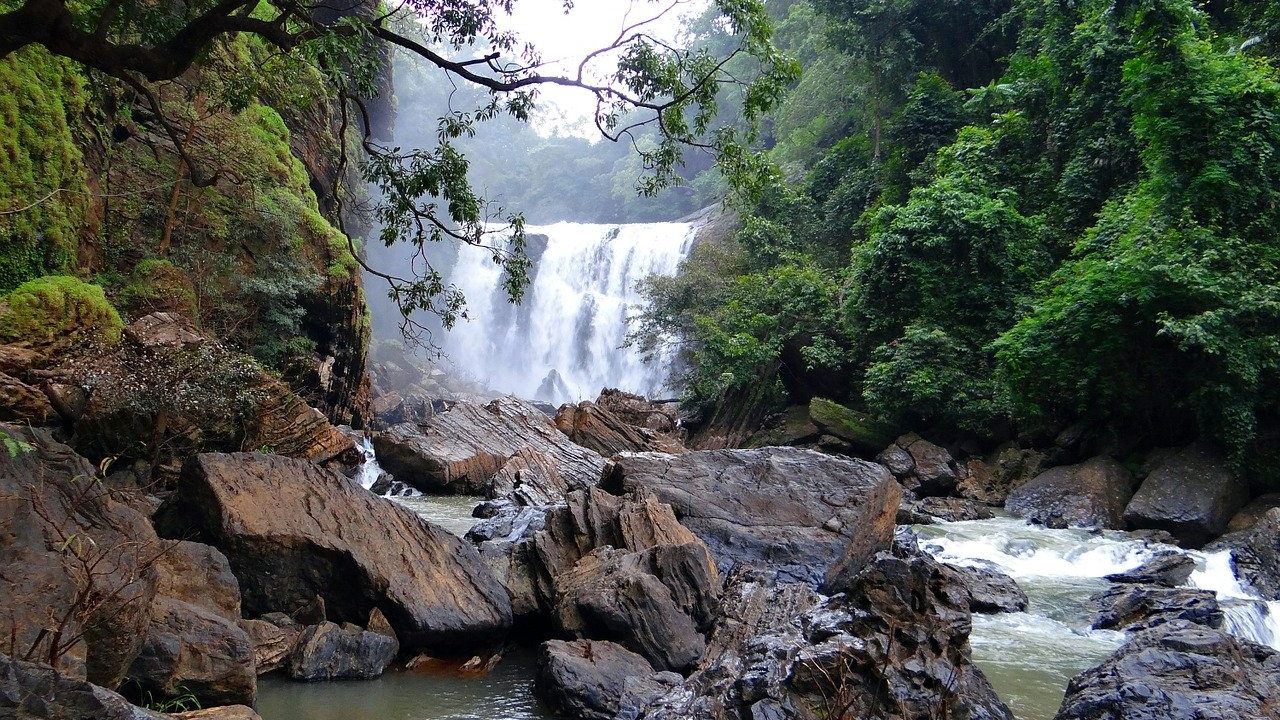
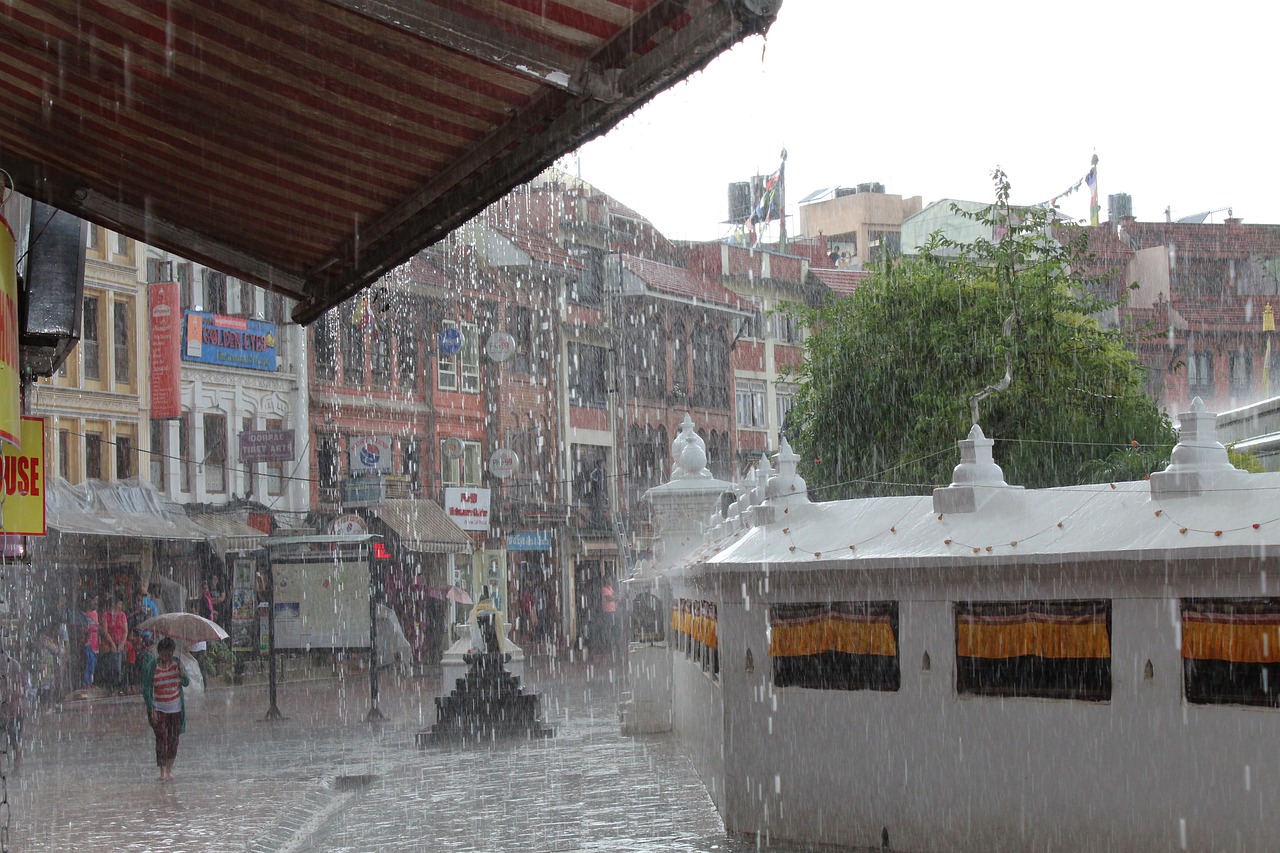
The Indian summer monsoon is the lifeline of the agriculture-based economy and society. The rainfall in monsoon season from June to September plays a critical role and any fluctuations in rainfall can affect agriculture, water resources and livelihood of farmers

The India Meteorological Department on Monday forecast that the coming southwest monsoon season is likely to be near normal, with a rainfall of 96 percent of the long period average with a model error of plus or minus five percent

El Niño remains the largest climate phenomenon that occurs frequently producing droughts, floods, wildfires, dust and snow storms, fish kill, and even elevated risks of civil conflicts
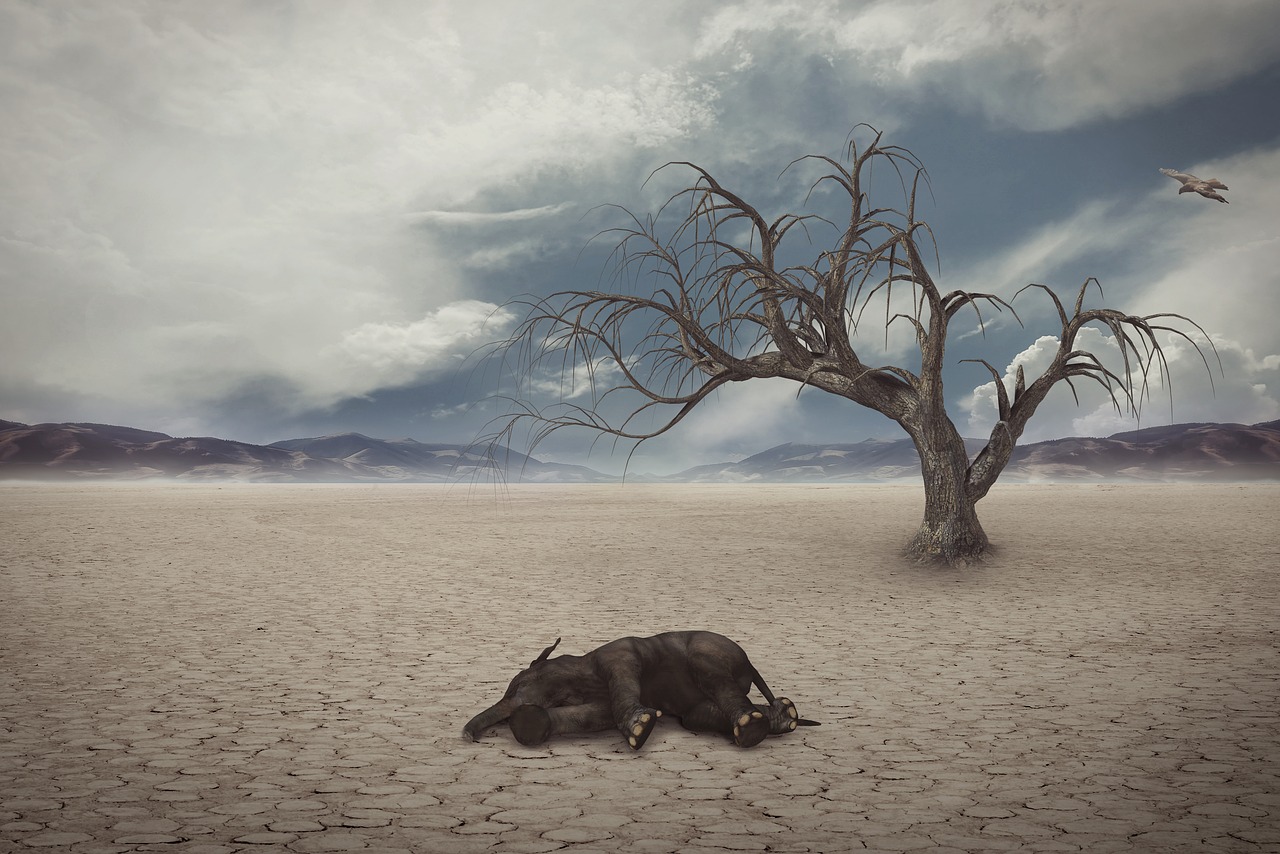
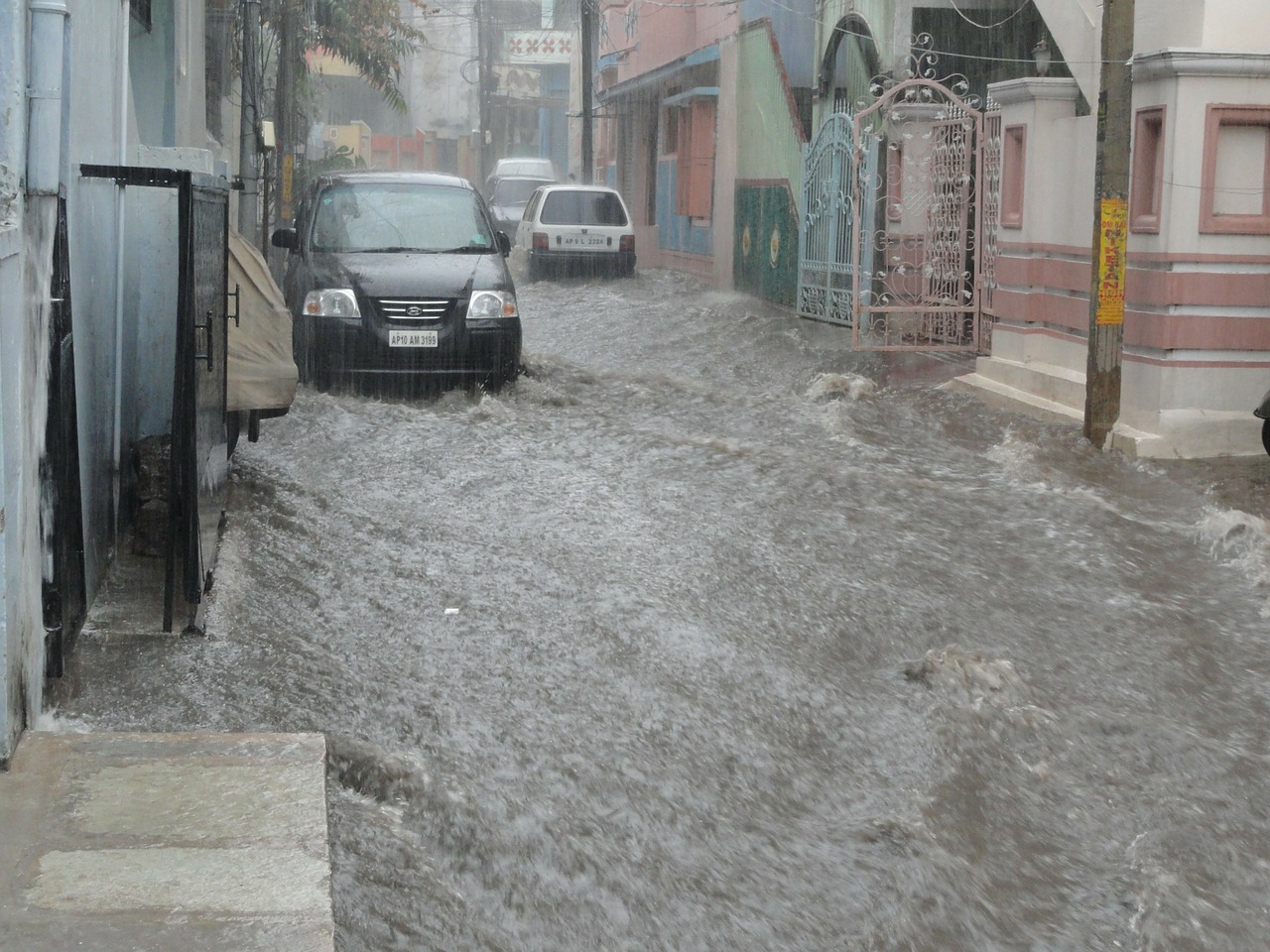
A systematic evaluation of the perception of forecast accuracy among engineers and managers who make decisions and uncertainty on dam operations as well as water resources is needed to bridge the gap from forecasts to lifesaving decisions
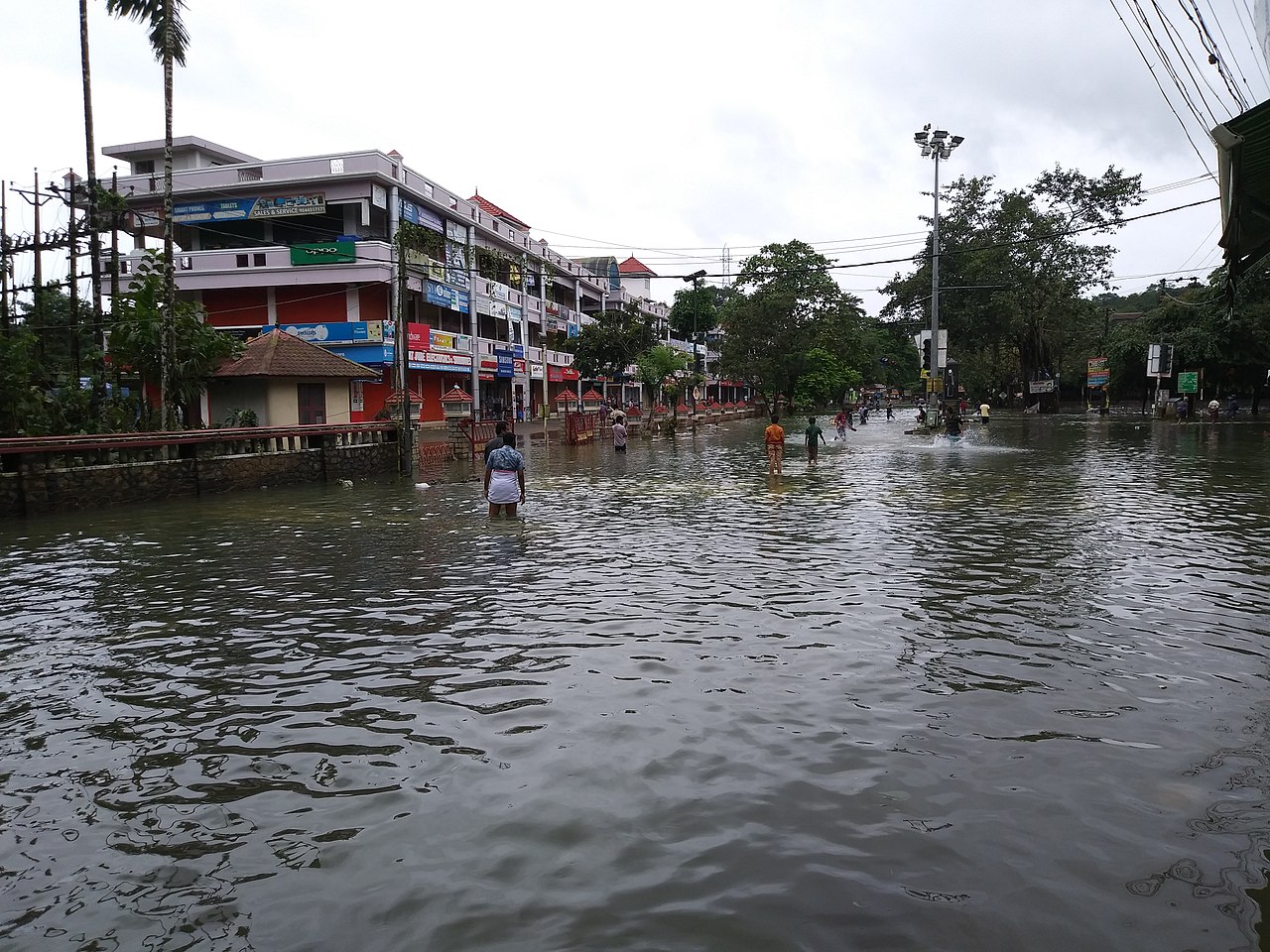
Every time an extreme weather event like the Kerala floods occurs, there is a great demand for information on its causes. The question uppermost in public discourse is if such events can be attributed to climate change and global warming
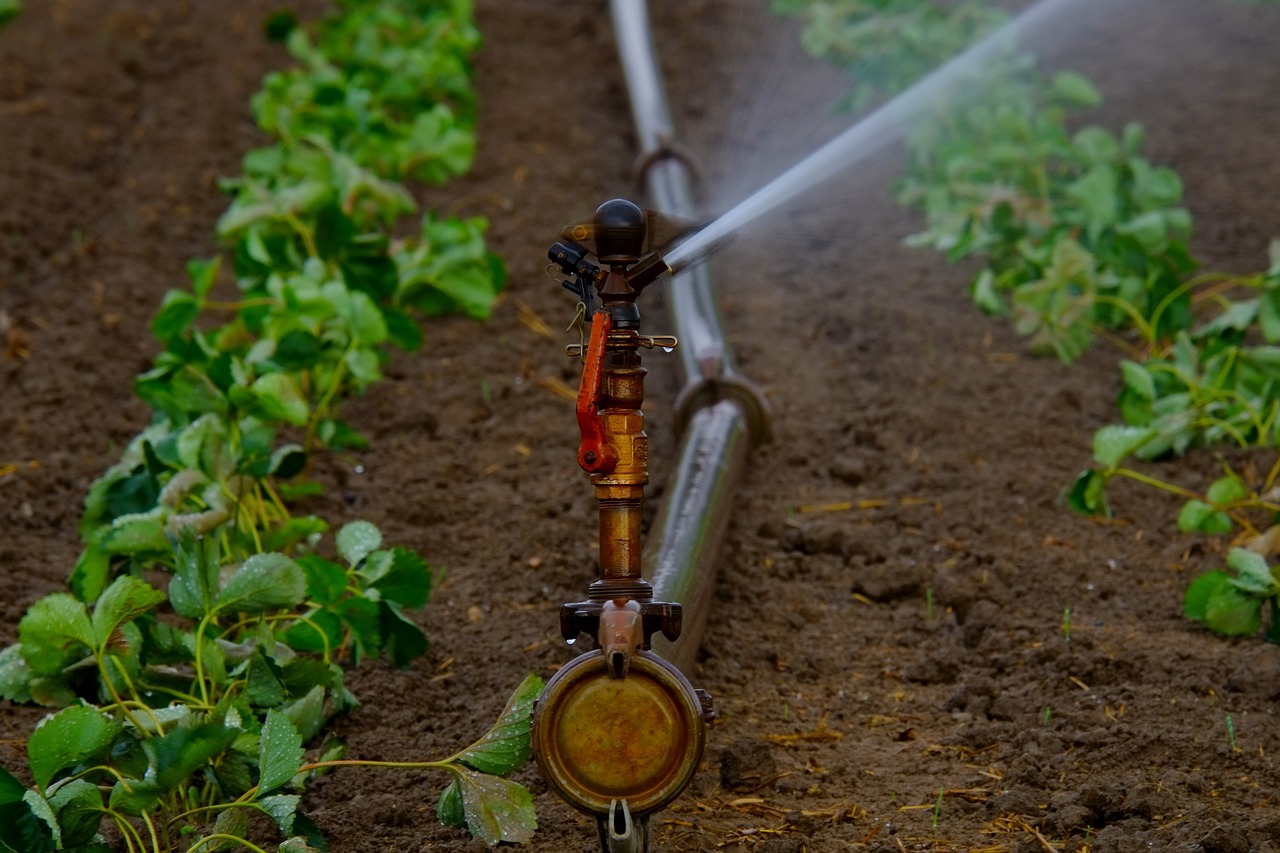
A new study has pointed out that increased irrigation efficiency does not translate into more water availability for other uses at the watershed level
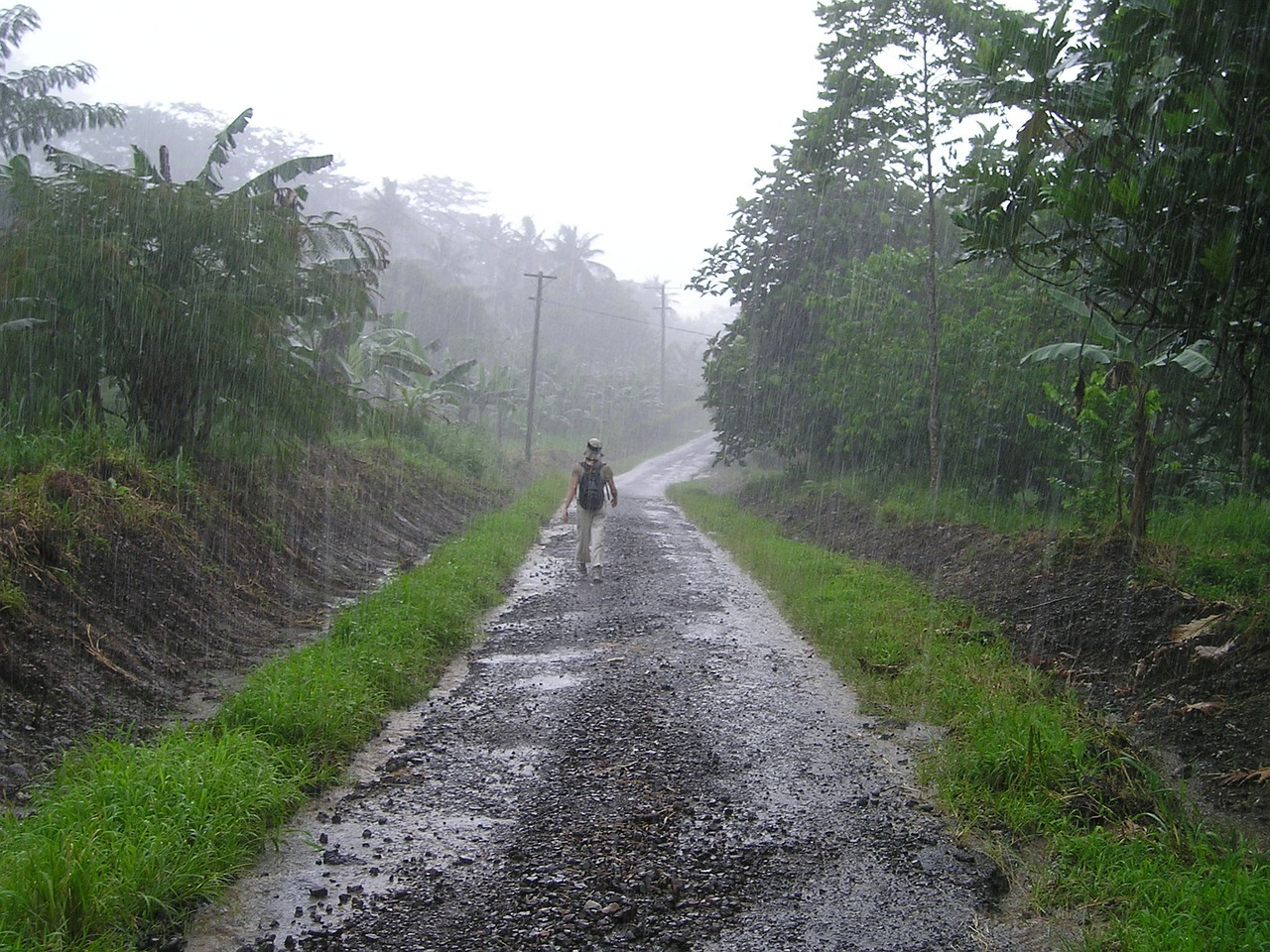
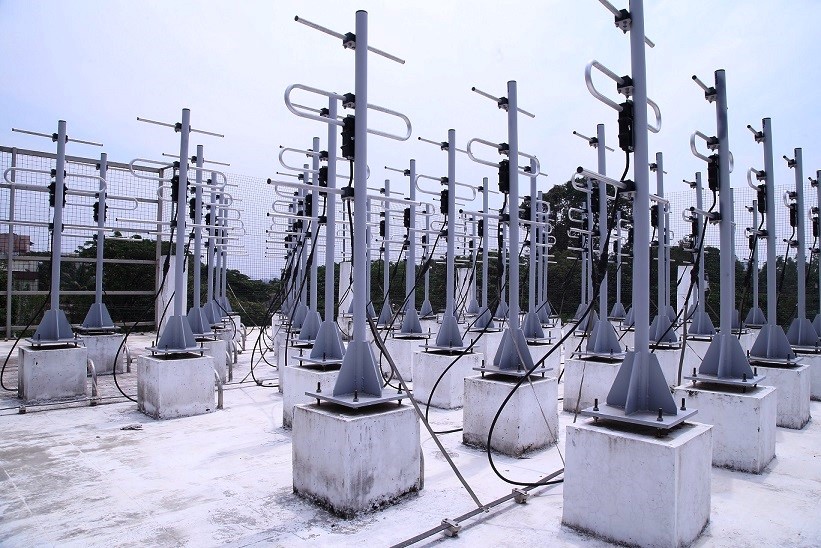
A fully indigenously built radar to scan high skies over the Indian ocean for movement of air and monsoon winds has started functioning at the Cochin University of Science and Technology in Cochin.

Rising atmospheric carbon dioxide levels may spark a shift towards wetter winters and drier summers warn a new study based on evidence from climatic history preserved in 65 million-year-old oyster shells.
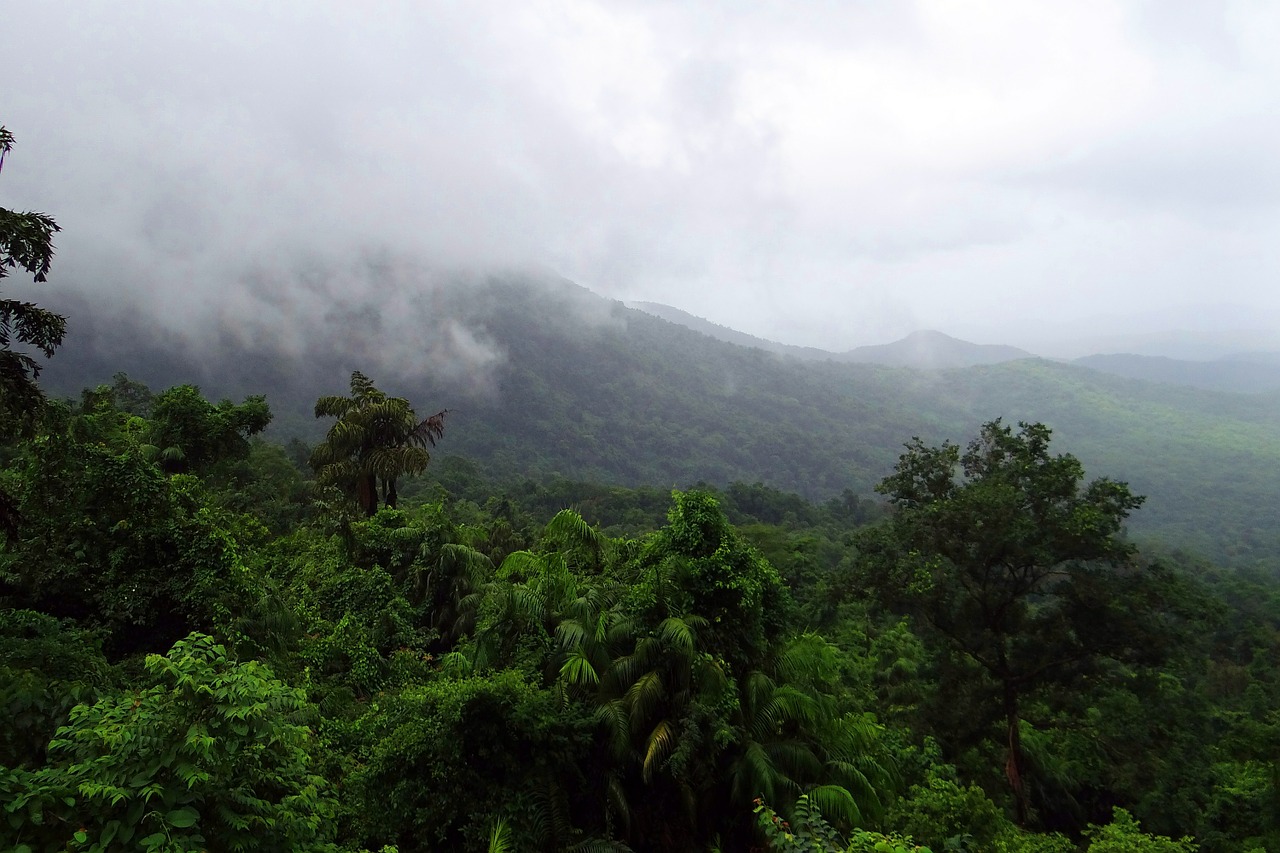
The mountain range that runs along the west coast of peninsular India from Tamil Nadu through Kerala, Karnataka, and Goa to Maharashtra is known as the Western Ghats and is very well known for its majestic beauty.
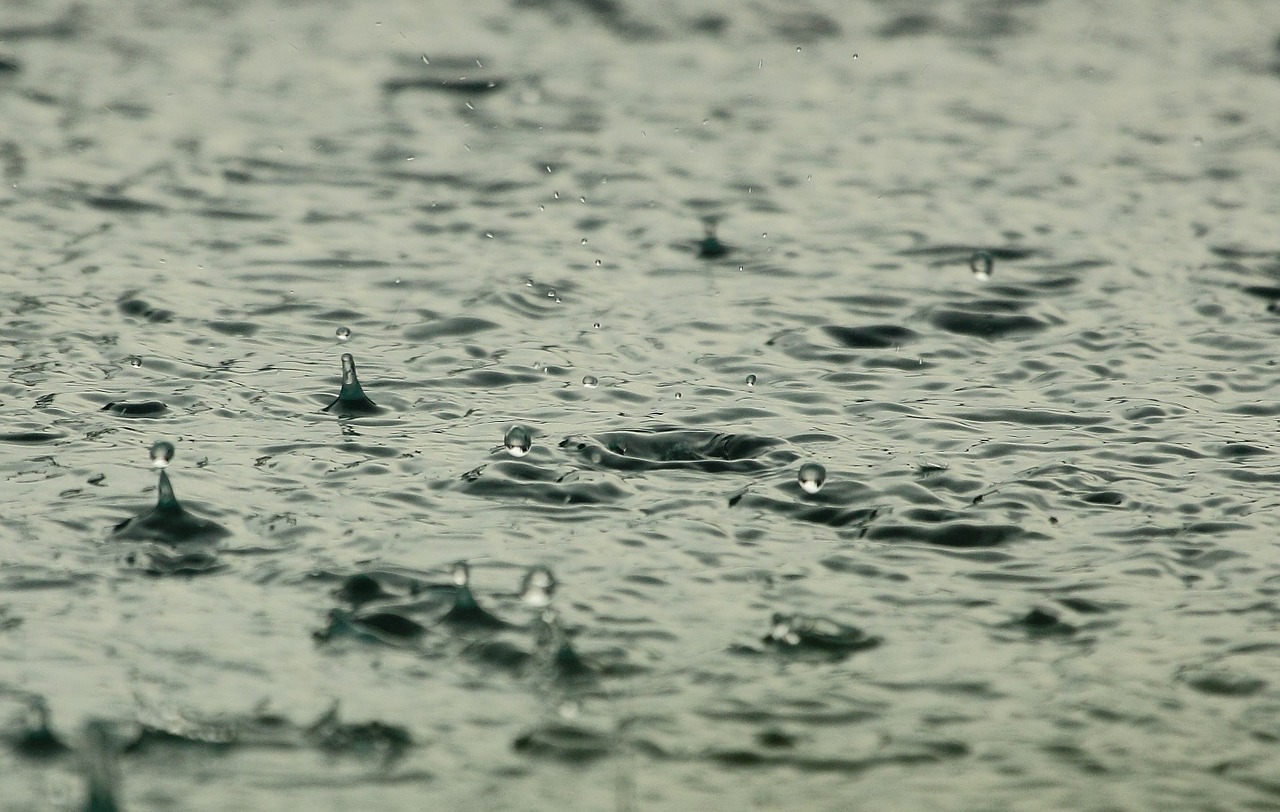

In a few weeks from now, a seasonal forecast for the Indian summer monsoon will be announced. Among various parameters that determine the fate of the monsoon is the sea surface temperature, more specifically, the contrast between land and sea temperatures.

Here is more evidence why we need to worry about climate change. A new study says extreme rainfall events are on the rise in India and attributes the trend to man-made emissions, what scientists call anthropogenic warming.

In a few weeks from now, monsoon forecasts will begin. These forecasts are based on calculations made by computer modeling.
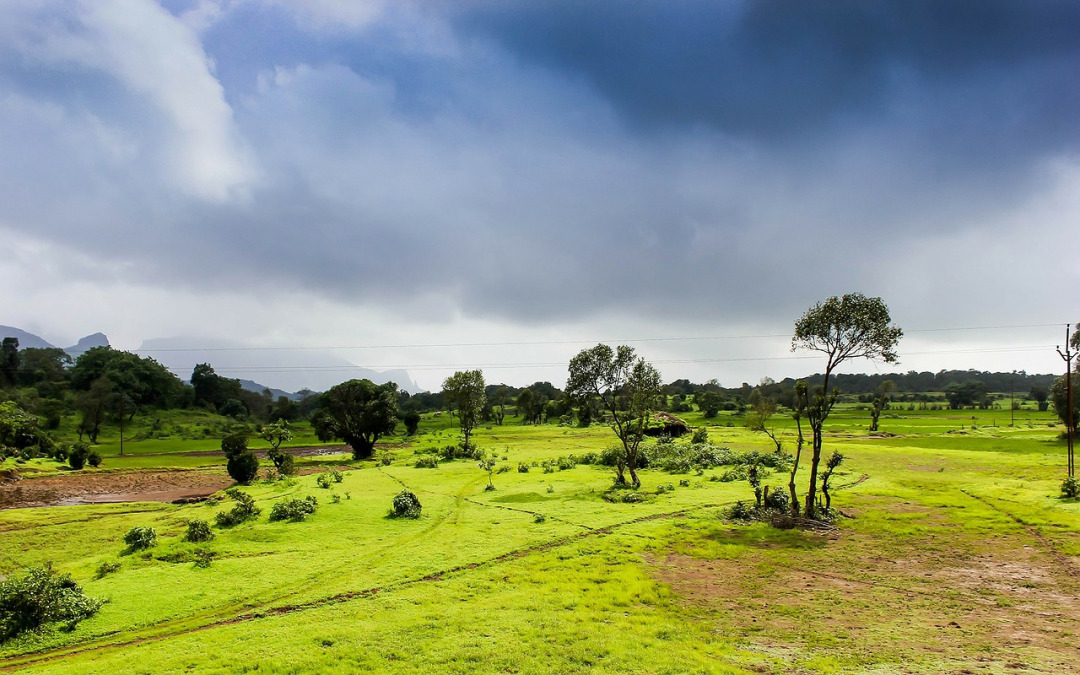
Internet is huge! Help us find great content
Never miss a thing! Sign up for our newsletter to stay updated.
Research Stash is a curated collection of tools and News for S.T.E.M researchers
Have any questions or want to partner with us? Reach us at hello@researchstash.com